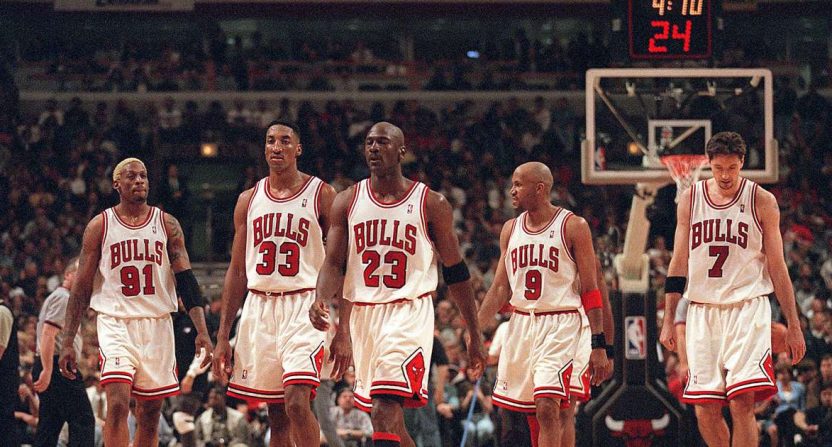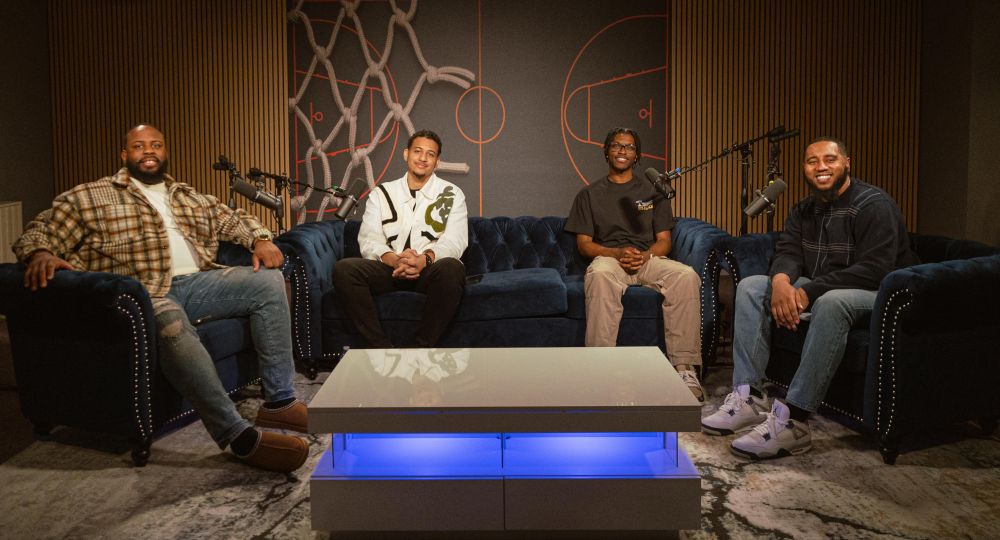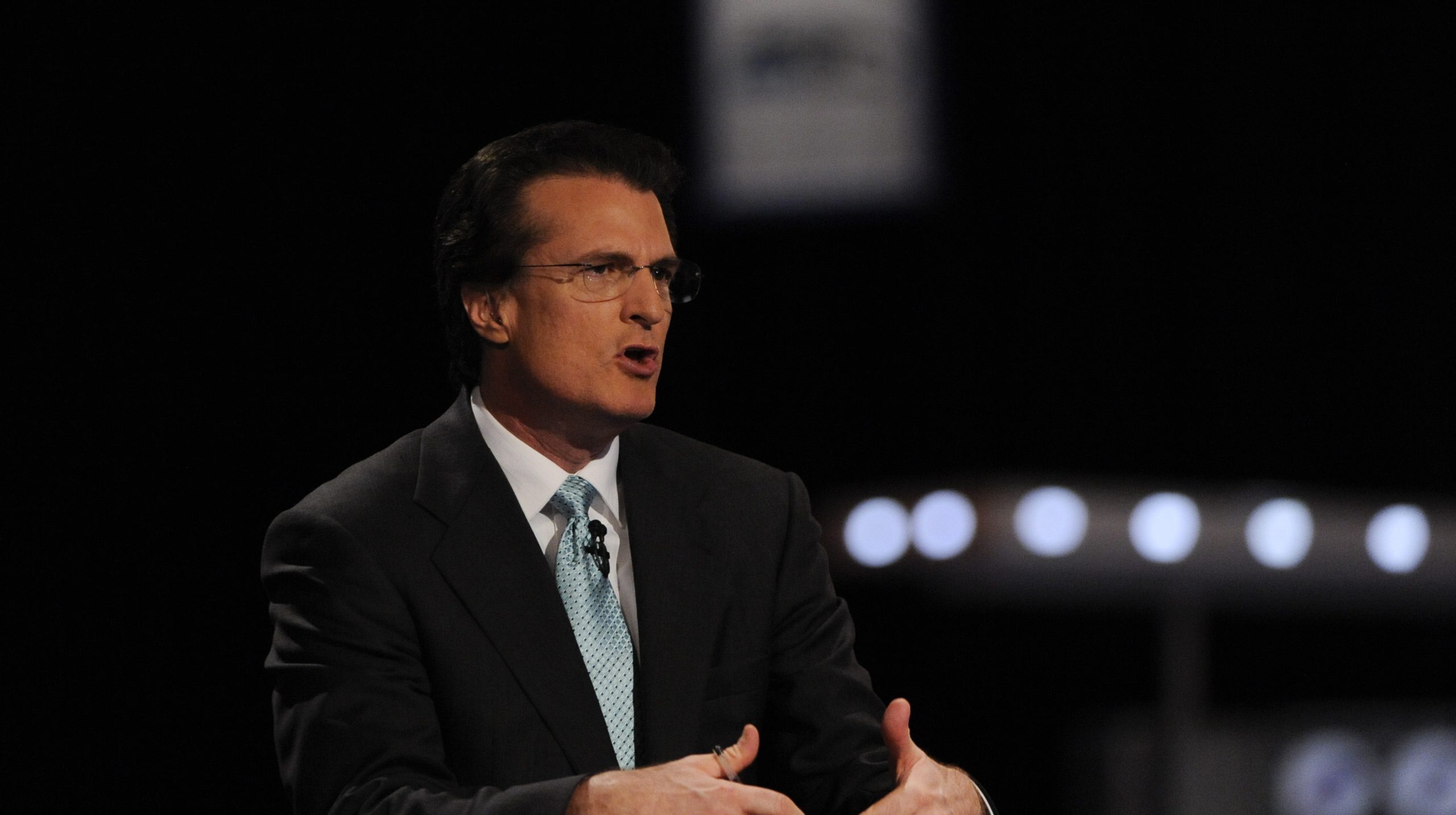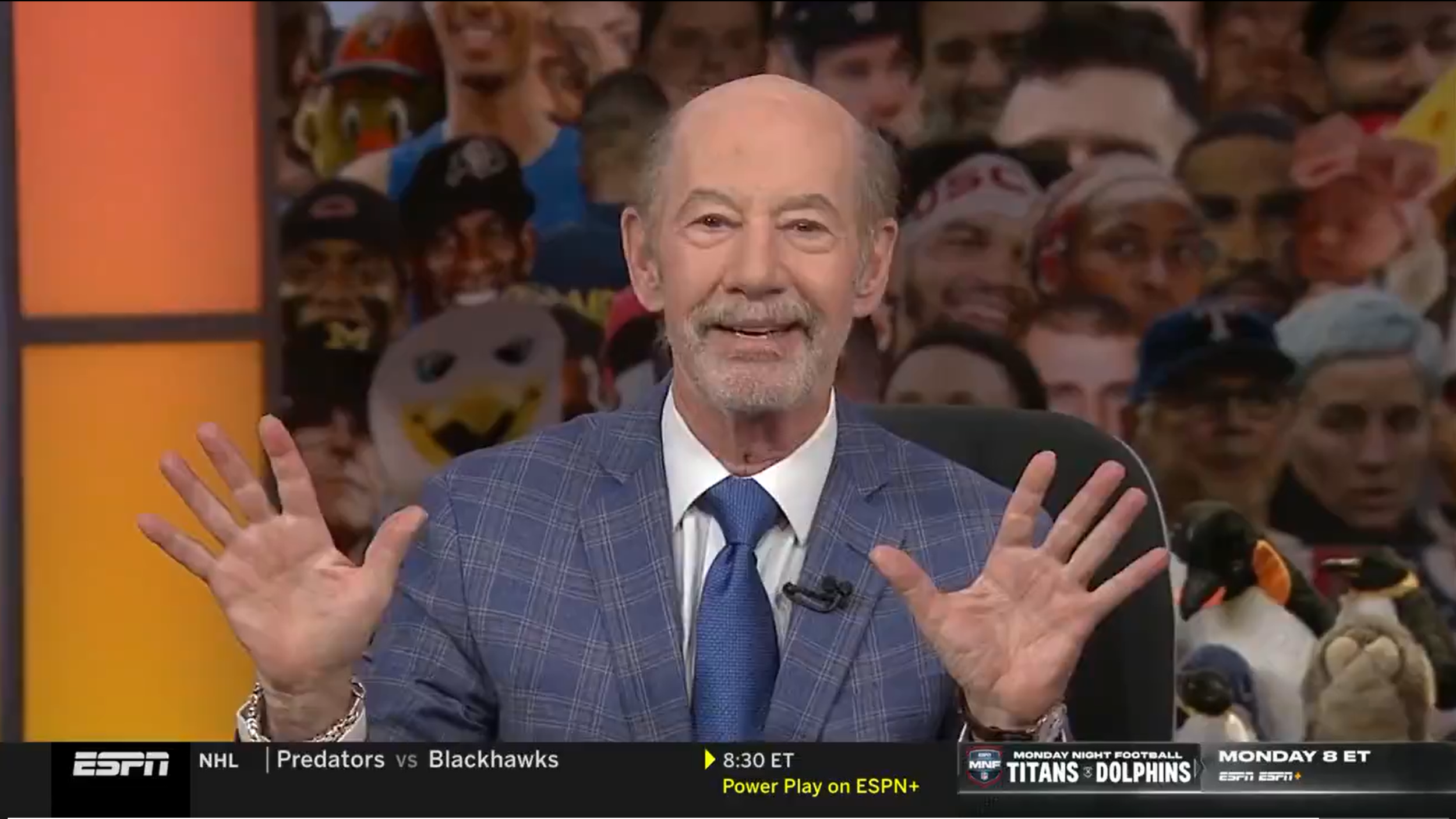It’s been nearly a year and a half since we saw our first trailer for The Last Dance during ABC’s Christmas NBA games in 2018. The ten-part docuseries, which we first learned about two years ago next month, has been one of the most hyped and anticipated releases in the history of ESPN documentaries. Does it live up to the hype and meet our expectations?
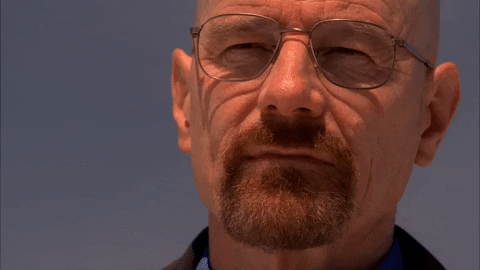
Director: Jason Hehir
Length: This is a ten part doozy totaling roughly 500 minutes (8 hours and 20 minutes). With commercials, it’ll be ten hours.
Release schedule: Each part of The Last Dance will debut on ESPN in accordance with the schedule below. Each episode will be available on Netflix outside the US a few hours after they air on ESPN.
| Date | Part | Time |
| April 19 | Episode 1 | 9 p.m. ET |
| April 19 | Episode 2 | 10 p.m. ET |
| April 26 | Episode 3 | 9 p.m. ET |
| April 26 | Episode 4 | 10 p.m. ET |
| May 3 | Episode 5 | 9 p.m. ET |
| May 3 | Episode 6 | 10 p.m. ET |
| May 10 | Episode 7 | 9 p.m. ET |
| May 10 | Episode 8 | 10 p.m. ET |
| May 17 | Episode 9 | 9 p.m. ET |
| May 17 | Episode 10 | 10 p.m. ET |
Review: ESPN needed this. Frankly, WE needed this.
There has never been a higher stakes ESPN documentary than The Last Dance. Simply put, we need an escape during a time where people are dying, people are losing their jobs, most of us are stuck at home, there are no live sports, the days are blending together, and we have no idea when sports are coming back. Things just really suck right now.
Enter The Last Dance, a 10 hour (with commercials) documentary series that has been expedited to come out in two hour increments every Sunday for the next five weeks, rather than the intended release in June. The Last Dance comes out at a time where the network has tried a plethora of strategies to get some eyeballs back onto the network and stabilize its advertising. Like just about everything right now, the results have not been encouraging.
Even before the current hellscape started, there were high expectations for The Last Dance, given its subject matter (the most popular team and athlete of my lifetime), the pedigree of those involved (chiefly, director Jason Hehir), and the ambitious length of the project. For quite some time, ESPN has been confidently communicating, both publicly and privately, a lot of confidence about the project. With sports fans starving for quality sports content, would this be a welcomed oasis in a barren wasteland of awful, or just another bullet point on 2020’s resume as the worst year in many of our lifetimes?
On April 19 … IT BEGINS 🍿#TheLastDance | @StateFarm pic.twitter.com/BTxWjWyqdY
— ESPN (@espn) March 31, 2020
While I have not watched the entire series (the final two episodes are not available yet, because they are still in post production), I am happy to report The Last Dance is very good. It’s compelling, sturdy, thorough, insightful, well-crafted, and bursting with much needed nostalgia and intrigue. Although it will not receive the platitudes and awards that ESPN’s last long form documentary project yielded (the 10 part OJ docuseries), the bullseye this time around for all involved was much much different. For all intents and purposes, ESPN, Netflix, and Hehir hit it dead on.
If you’re familiar with my reviews, I really get into the weeds and can be a nitpicker, because I compare films at a very granular level to other similar documentaries, as opposed to a generalized “it was good!” The Last Dance has a much wider scope than the title and the marketing would have you believe, but the series is told and organized in such a way that it is an entertaining and smooth ride from start to finish. My most cherished nitpicks of ”too long”, “too slow”, “not enough access to relevant people”, and “not that interesting in certain spots” are nowhere to be found in The Last Dance, which is the biggest compliment I can give a project of this length.
A major amount of credit needs to be given to the creative team behind the film, as its packaging is paramount. Each episode is loosely tied to one month of the Bulls’ last championship run in the 1997-98 season. When I initially heard that The Last Dance would heavily utilize unseen footage from an embedded film crew, I thought this could end up being a more retrospective version of Hard Knocks or Amazon’s All Or Nothing. This is 100% *not* the case.
While that ingredient is certainly helpful, the reality is that each episode (through the first eight, mind you) really only uses a small amount of the unseen footage. Each episode takes multiple detours and jumps around in time while seamlessly blending new interviews with archival footage. An episode about Scottie Pippen being injured early in the season opens the door for a 15 minute detour into his childhood and college days, which takes us to his status in 1998, when Pippen is unhappy with his contract and seems content being injured since the team struggles without him.
The Bulls dynasty was given one final year to dominate.
So, Phil Jackson set the theme for the 1997-98 season: #TheLastDance pic.twitter.com/tJHlEJjyjm
— 30 for 30 (@30for30) April 13, 2020
These detours are all relevant, well done, and most importantly interesting. When you add it up, more than half the film is made up of these snackable micro stories that do not take place during the 1997-98 season. Each episode typically has two to three of them included, which feels just right and is similar in how you eat a whole pack of Starburst in one sitting without realizing it (that amount of candy seems excessive, but doesn’t seem so bad when you eat them one at a time). The various tangents and detours in The Last Dance include items like:
- The Dream Team
- Jordan’s high profile gambling activities
- The history of Jordan’s various endorsements
- The murder of Jordan’s father
- The Bulls-Pistons rivalry
- Jordan’s short lived baseball career
- The backstories on how Phil Jackson, Dennis Rodman, and Scottie Pippen came to the Bulls
- Friction with the core’s antagonist, Jerry Krause
By sprinkling in a few of these per episode and jumping around in the timeline so frequently (something that is visually explained, making it easier on the viewer to follow along), the length of The Last Dance becomes significantly more digestable and engaging. It’s an expertly executed balancing act between momentum and context that Hehir juggles extremely well.
I’d guess that 95% of viewers will not find The Last Dance to be overly redundant or detail orientated in the same way safety instructions often feel right before you take off on a plane. That’s always a bit of a struggle when retelling a lot of well-known stories. Given how much time has passed and how much new information there is in the film, The Last Dance doesn’t feel stale at all.
Some of that freshness is aided by decades old clips and highlights that have faded from our collective memory, but I’d argue the new interviews are the real star of the film, even more so than the new original film crew footage. Unlike most sports documentaries released this year, there isn’t much agenda pushing or a one-sided perspective. The list of participants in the film is as long as I’ve ever seen in a sports documentary and ensured the film really had 360 degrees of perspective to tell a complete story. More importantly, the interviews consistently produced a lot of deep, introspective, and most importantly, honest answers to some of the messier issues the Bulls dynasty encountered.
Hehir personally conducted the interviews and, at multiple times, employed a nifty tactic in playing the response of one interviewee via an iPad to others being interviewed. These moments often cracked the door open much wider into certain topics, as various participants were able to react to a significant quote or know they could go into a certain topic with the knowledge that it was already going to be aired out.
The interviews with Jordan specifically stand out. As a guy I worshipped during my childhood and probably spent a huge chunk of whatever money I had buying products with his name, it’s somewhat jarring to think how I (and I assume many others) have moved so far away from worshipping him in the decades since. Throughout the film, Jordan provides honest, insightful, and vulnerable human moments. Former fan boys, who have grown up to either find new heroes or decided that the world doesn’t have many left, will have nostalgic moments of recollection as Jordan opens up. I’m guilty of singing the “Be Like Mike” jingle when it played in the film and then getting a little teary eyed as those who knew Jordan explained how laborious it was to actually be and live like Mike.
As we get a better feel for Jordan’s psyche, we get a front row seat into the various somewhat invented beefs Jordan would historically require, as his best basketball came when there was a chip on his shoulder. Some of these are well known, like Jordan’s infamous beef with Isiah Thomas, but it’s fun to revisit how Jordan at times conjured up a competitive dislike for many mild mannered players, like Toni Kukoč, BJ Armstrong, Dan Majerle, and Clyde Drexler to fuel his competitive edge. Like so many things in The Last Dance, the stories are either long forgotten or have never been told and thus, the film doesn’t seem excessive in its scope and length, given the consistent quality through out.
For whatever reason, it was okay to idolize Michael Jordan and root for the Bulls in most places and not be considered frontrunners (I suspect areas with rivals of the Bulls, maybe not so much). There hasn’t been a more popular team in my lifetime by a wide margin and I don’t think that’s going to change. Nowadays, dynasties are usually hated and the bandwagon doesn’t get too full. What has changed over the last 20 years, or were the Bulls and Jordan just different? It’s easy to watch The Last Dance and suddenly be hit with the realization that the world was a much simpler place when the Bulls dynasty was alive and well.
Ultimately, a long form nostalgic look back at such an iconic team was going to hit paydirt for ESPN in terms of both ratings and sentiment. But The Last Dance shines much brighter thanks to shrewd packaging and well executed direction. It exceeded the lofty expectations I had for it at a time where everything reeks of despair and disappointment. Years from now, it will be interesting to revisit The Last Dance and see if its value has been degraded when viewed in a more normal world. Regardless if the world gets a little more back to normal between now and when the series ends in mid-May, The Last Dance succeeds as, at the very least, an entertaining and compelling escape from reality. Hopefully, it also works as a bridge to a point where the return of sports is more certain and not a daily reminder of the times we are in.

